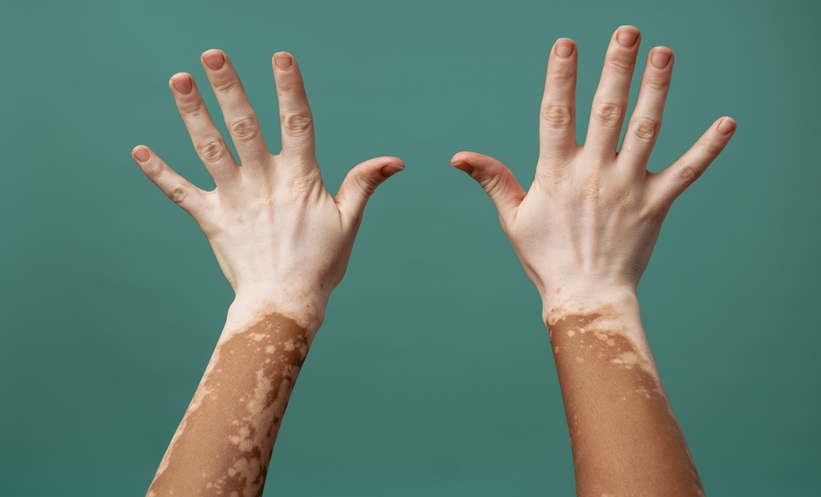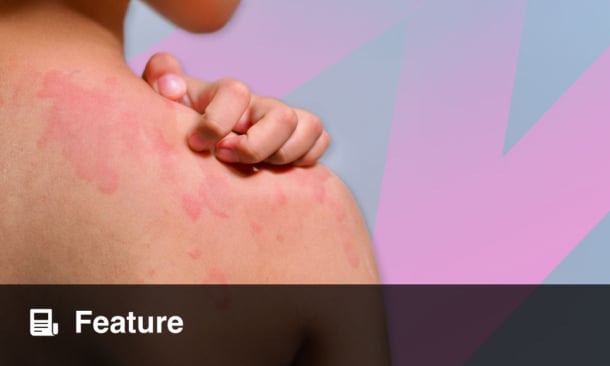VITILIGO is a long-term skin condition characterised by the progressive loss of melanocytes, leading to patchy depigmentation. Although it does not cause physical pain or shorten life expectancy, its visible nature can have a profound impact on confidence, social interaction, and emotional wellbeing. Research increasingly highlights the importance of acknowledging and addressing the psychological burden alongside clinical treatment.
How Physical Activity May Support Wellbeing in Vitiligo
The relationship between physical activity and psychological wellbeing in vitiligo has gained attention in recent years. Many individuals with vitiligo experience anxiety, depression, and stress, often influenced by social stigma, appearance-related concerns, and misunderstandings about the condition. Studies show that depression and anxiety occur at notably higher rates in people with this skin condition than in the general population, making emotional support and mental health interventions a vital component of holistic care.
Physical activity is well recognised for its positive effects on mental health. It can reduce stress hormones, improve mood through endorphin release, support sleep quality, and enhance self-esteem. Evidence from broader autoimmune disease research suggests that regular exercise may also modulate inflammatory and oxidative processes, both of which may play roles in vitiligo development and progression.
However, recent study findings indicate that the relationship between physical activity and psychological wellbeing in vitiligo may be more nuanced than in other dermatological or autoimmune diseases. While physical activity generally supports mood and overall health, its emotional benefits may be limited for individuals who feel highly self-conscious exercising in public or who experience social avoidance due to their skin appearance. In these cases, the psychological distress linked to vitiligo may outweigh the typical mental health benefits of exercise alone.
A holistic approach that combines physical activity and psychological wellbeing in vitiligo management may therefore be most effective. Cognitive-behavioural therapy, peer support groups, counselling, and compassionate clinical communication can help address emotional burdens, while personalised physical activity plans, such as home-based exercise or small-group sessions, can reduce barriers to participation.
Encouraging compassionate, integrated care could significantly improve both skin health outcomes and quality of life for people living with vitiligo.
Reference
Aryanian Z et al. Physical activity and psychological health in vitiligo patients: a cross-sectional study on depression, anxiety, and stress. Health Sci Rep. 2025;8(10):e71317.








